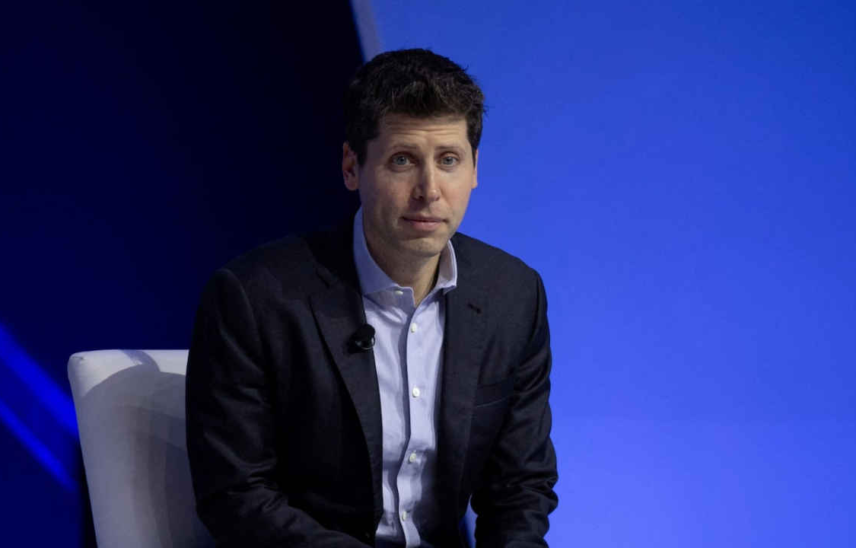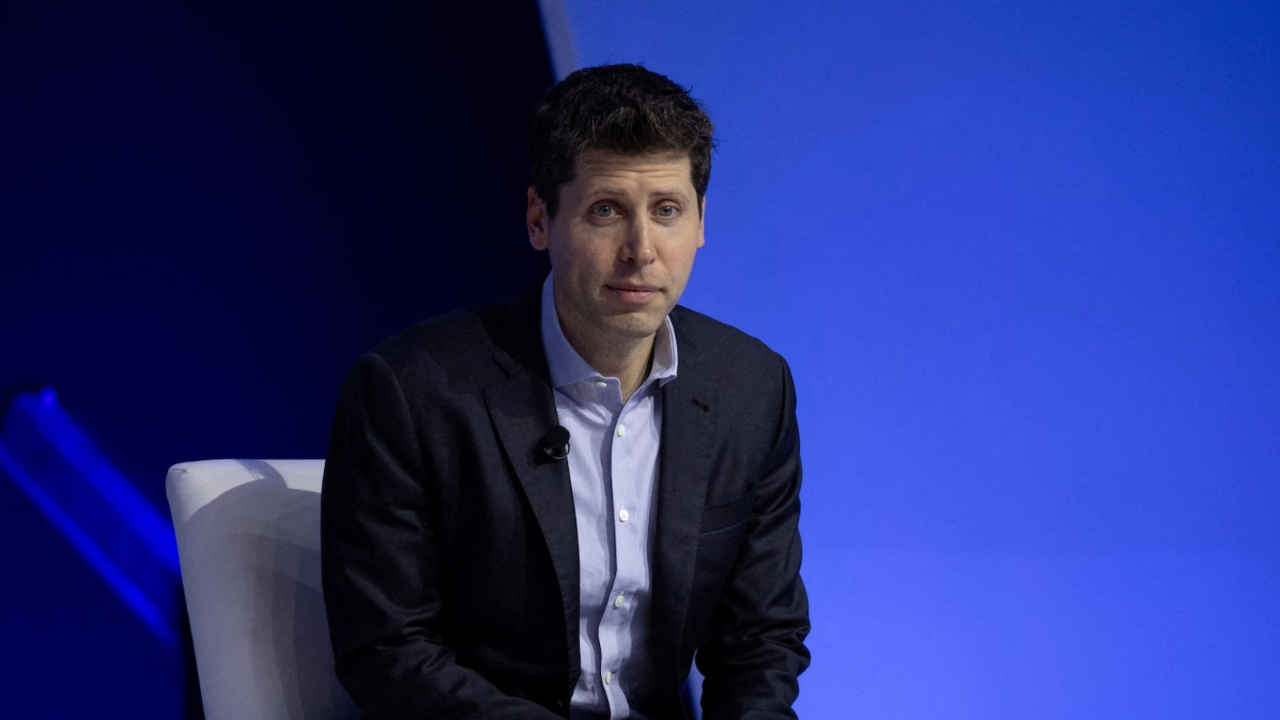
- Home
- Managed Services
- Cyber Security
- Blog
- About Us

We 365 Admin Support, just simplify your IT problems
Call for a free support. +91 96666 59505Platform Partnership
- Who We Help
- Shop
- Contact
- News






HIGHLIGHTS
Table of Contents
ToggleOpenAI, recognized for its groundbreaking AI chatbot ChatGPT, has taken a significant step by filing a trademark application with the US Patent and Trademark Office (USPTO). This filing isn’t merely a routine bureaucratic procedure; instead, it signals the company’s interest in developing a diverse array of new products that could potentially revolutionize the tech landscape. Among the intriguing aspects of this application is its suggestion of hardware opportunities such as headphones, advanced smart glasses, smartwatches, virtual and augmented reality headsets, and even an array of smart jewelry. This broad spectrum of technologies displays the company’s ambition to engage with consumers in various dynamic ways.
Notably, this move coincides with OpenAI’s recent partnership with Jony Ive, the esteemed designer formerly at Apple, to push forward a specific hardware initiative. Sam Altman, the CEO of OpenAI, has expressed aspirations to create AI-driven consumer gadgets in collaboration with various partners. However, he has also tempered expectations by noting that the journey to develop these products, including the creation of working prototypes, could extend over several years, highlighting the complexities involved in such ambitious projects.
In addition to the hardware, the trademark filing reveals some surprising insights, particularly the mention of humanoid robots. According to the documents, OpenAI is specifically interested in creating “user-programmable humanoid robots,” which are envisioned as entities capable of engaging in communication and learning processes to assist and entertain humans (informed by TechCrunch). This initiative marks an intriguing shift in the landscape of artificial intelligence, embedding it further into the physical world in ways previously thought to be the realm of science fiction.
To support this new venture into robotics, OpenAI has begun assembling a specialized team, with Caitlin Kalinowski, a former executive from Meta, at the helm. Current job listings reveal the company’s intent to design robots with intelligence that closely mimics human capabilities, opening up the possibility for these machines to perform a range of tasks within everyday environments. The implications of such developments are vast, suggesting that machines could become more integrated into personal and professional spheres of life.
Furthermore, the trademark submission also makes reference to custom AI chips and services geared towards quantum computing. Industry speculation has long suggested that OpenAI is developing proprietary chips tailored to optimize the performance of its AI models. Reports indicate that the company is partnering with leading semiconductor manufacturers like Broadcom and TSMC, with plans reportedly set for unveiling these chips by 2026, which would represent a major advance in processing technology.
As exciting as these prospects are, it’s crucial to approach the information obtained from the trademark filing with care. Typically, trademark applications are worded to encompass a wide range of potential products and ideas. Consequently, while the innovations hinted at could one day materialize, the market may take time to embrace them fully, and in some instances, certain concepts may not see the light of day at all.